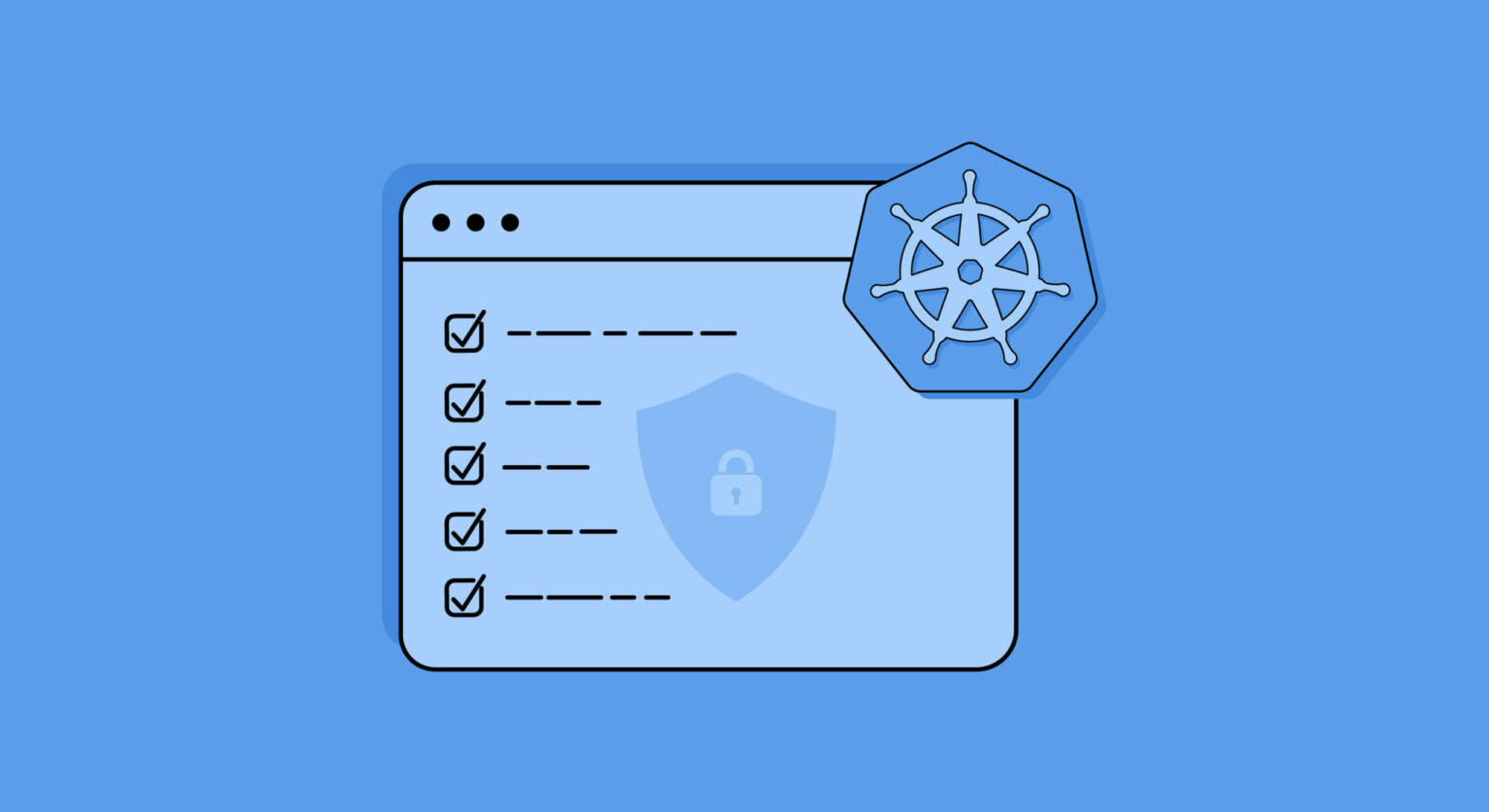- Published on
10 Tips for Securing Kubernetes clusters - Best Practices
- Authors

- Name
- tomiwa
- @sannimichaelse

Introduction
Kubernetes has emerged as a leading container orchestration platform, powering the deployment and management of applications across diverse environments. As organizations increasingly adopt Kubernetes for their production workloads, it becomes paramount to ensure the security of these clusters. In this article, we will explore the best practices to secure Kubernetes clusters in production, mitigating common security threats and ensuring a robust defence against potential attacks.
Security Threats
Unauthorized Access: One of the primary security concerns is unauthorized access to Kubernetes resources. Malicious actors gaining access to sensitive data or unauthorized control of cluster components can be detrimental.
Pod Vulnerabilities: Containers running within pods might contain vulnerabilities that can be exploited to gain unauthorized access or execute malicious code.
Insecure Configurations: Poorly configured Kubernetes resources, such as privilege escalation, insecure network policies, or exposed sensitive data, can lead to security breaches.
Insider Threats: Employees or insiders with elevated privileges may pose security risks intentionally or inadvertently, compromising the cluster's integrity.
Best Practices for Securing Kubernetes Clusters
Control Plane Security
Isolate and Harden the Master Node: Isolating the master node from the worker nodes and applying strict access controls helps prevent unauthorized access.
Use Secure Network Communication (TLS/SSL): Enabling TLS/SSL for Kubernetes API server communication adds an extra layer of security and prevents eavesdropping and tampering.
Regularly Patch and Update Kubernetes Components: Keeping Kubernetes components up-to-date ensures that known vulnerabilities are addressed promptly.
Node Security
Implement Secure OS and Kernel Configurations: Securely configure the underlying OS and kernel to minimize potential attack surfaces.
Use Container Runtimes with Strong Security Profiles: Employ container runtimes with strong isolation features, like Docker's seccomp and Kubernetes' PodSecurityPolicies.
Employ Tools for Host-Level Security Monitoring: Utilize security monitoring tools to track and analyze activities on the host system.
Authentication and Authorization
Implement Role-Based Access Control (RBAC): Assign granular permissions to users, pods, and service accounts to control access effectively.
Enable Multi-Factor Authentication (MFA): Enhance security by requiring multiple authentication factors for users accessing the Kubernetes control plane.
Use Identity and Access Management (IAM) Integration: Integrate Kubernetes with your organization's IAM solution for streamlined access management.
Network Security
Network Policies for Pod Isolation: Define network policies to control communication between pods and restrict access based on need.
Limiting Communication between Pods: Utilize Kubernetes Network Policies to enforce communication boundaries between different components.
Encryption for Network Traffic: Encrypting network traffic with protocols like IPSec or VPNs adds a layer of protection against interception.
Secure Application Deployment
Container Image Security Scanning: Regularly scan container images for vulnerabilities before deployment.
Limit Privileges and Capabilities for Containers: Run containers with minimal privileges and capabilities to reduce the impact of potential breaches.
Implement Pod Security Policies: Enforce security policies on pods during deployment to ensure adherence to security standards.
Secrets Management
Securely Store and Manage Secrets: Utilize Kubernetes Secrets or external secret management tools to securely store sensitive data.
Avoid Hardcoding Secrets in Configurations: Never hardcode sensitive information directly into the application code or configuration files.
Monitoring and Logging
Implement Centralized Logging: Centralized logging provides visibility into cluster activities, aiding in the detection of suspicious behaviour.
Monitor Kubernetes API Server and Control Plane: Keep a close eye on the API server and control plane activities for potential security threats.
Use Security Information and Event Management (SIEM) tools: Integrate Kubernetes logs with SIEM tools for a holistic security approach.
Continuous Security and Compliance
Integrate Security into CI/CD Pipelines: Implement security checks throughout the CI/CD pipeline to catch vulnerabilities early in the development process.
Regular Security Audits and Vulnerability Assessments: Conduct periodic security audits and vulnerability assessments to identify and remediate security gaps.
Compliance with Industry Standards and Regulations: Ensure that your Kubernetes deployment aligns with relevant industry standards and compliance regulations.
Disaster Recovery and Incident Response
Backup and Recovery Strategies: Maintain regular backups of critical data and create a robust disaster recovery plan.
Incident Response Planning: Develop a well-defined incident response plan to efficiently handle security incidents.
Post-Incident Analysis and Remediation: After an incident, conduct a thorough analysis to understand the root cause and take measures to prevent recurrence.
Education and Training
Security Awareness for Development and Operations Teams: Educate all team members about security best practices and potential threats.
Ongoing Training and Knowledge Sharing: Encourage ongoing training and knowledge sharing to stay updated on the latest security trends and solutions.
Conclusion
Securing Kubernetes clusters in production requires a multifaceted approach, combining best practices, continuous monitoring, and proactive measures. By implementing the outlined best practices, organizations can build resilient Kubernetes environments that safeguard critical applications and data, making them less susceptible to potential security breaches and attacks. As the threat landscape evolves, staying vigilant and adaptive to emerging security challenges will remain essential for maintaining the integrity of Kubernetes clusters in production environments.
Image Credit: Kubernetes Security, Image by Tony Loehr | Source: Kubernetes Security Image | License: Creative Commons Attribution-ShareAlike 4.0 International (CC BY-SA 4.0)